The only off-grid solar guide you'll ever need!
Embracing energy independence has become a paramount goal in the current energy landscape. In this article, we’ll give you the information you need on your way to mastering off-grid living with a power system. Whether you’re from Sydney, Lismore or anywhere in between, this is the only off-grid solar guide you’ll ever need!
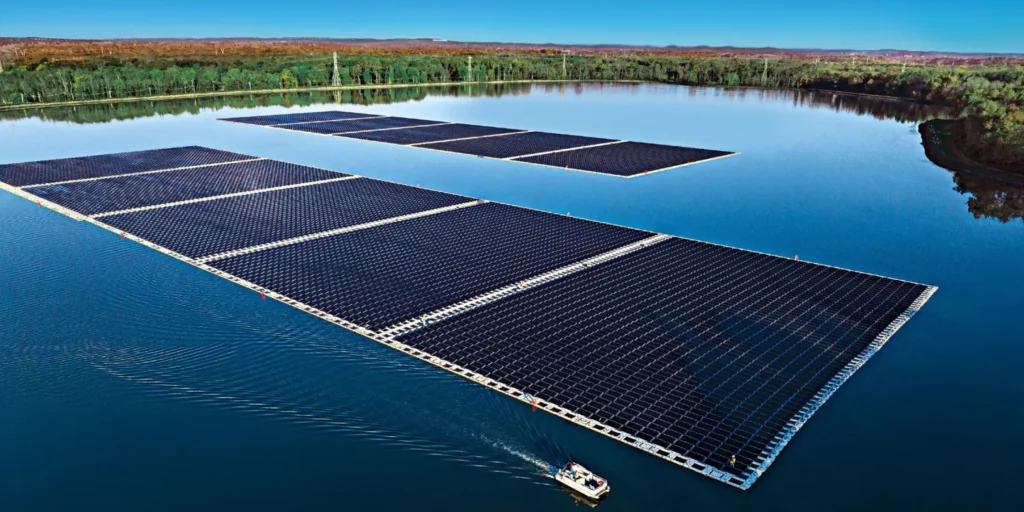
Table of Contents
Off-Grid Living: Embracing Energy Independence.
The journey from Sydney to Lismore provides a unique perspective on exploring off-grid power systems in Australia. Before delving into the specifics, let’s establish a fundamental understanding of off-grid power systems compared to their on-grid counterparts.
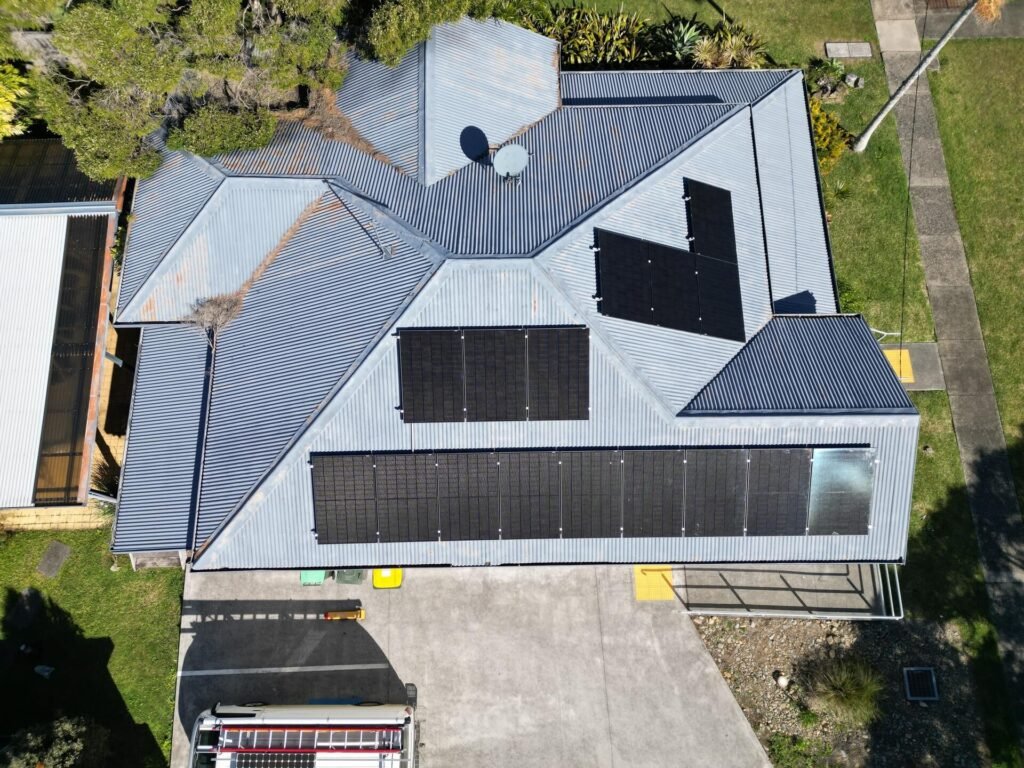
Benefits of Off-Grid Power Systems
One of the primary advantages of off-grid power systems is the freedom from the traditional utility grid. This not only provides self-sufficiency but also ensures uninterrupted power supply even during grid failures. According to a report by Renewable Energy World, off-grid systems significantly reduce dependence on centralized power sources.

Reducing Carbon Footprint: Embracing Renewable Energy.
The environmental benefits of off-grid living extend to reducing carbon footprints. Off-grid systems predominantly rely on renewable energy sources like solar, wind, and hydroelectric power. Studies, such as the one conducted by The World Counts, indicate a substantial decrease in greenhouse gas emissions with increased adoption of off-grid solutions.

Components of an Off-Grid Power System .
Solar Panels: Harnessing the Power of the Sun.
At the heart of an off-grid power system lies solar panels, capturing the sun’s energy and converting it into electricity. The rise of renewable energy, particularly solar power, has been remarkable. According to the International Energy Agency (IEA), solar power capacity will increase to about 800 GW, in order to reach more than 6,000 GW of total installed capacity in 2030 envisaged in the NZE Scenario.
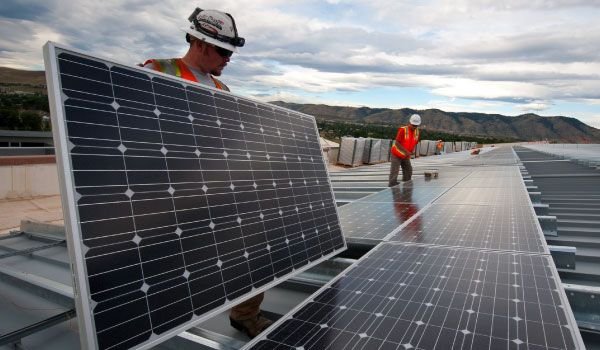
Battery Systems: Storing Excess Energy for Future Use.
Battery technology plays a crucial role in off-grid living. Statistics from the U.S. Energy Information Administration (EIA) indicate a steady decline in battery costs. By 2050, projected battery costs will drop 51% to 56% below what they were in 2022, settling at a retail price equivalent of between $105 per kilowatt-hour (kWh) and $118/kWh in 2050. Most of this cost decline occurs before 2040 when battery production grows more quickly.
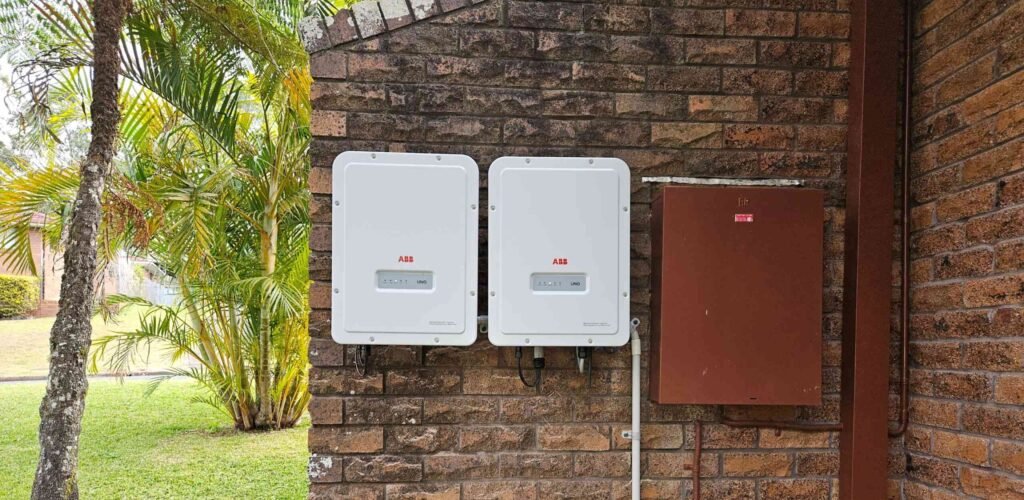
Placement of Solar Panels: Maximizing Efficiency in Different Locations.
A study by National Renewable Energy Laboratory (NREL) study provides a thorough analysis of the technical potential of photovoltaic (PV) systems on rooftops across the continental United States. Utilizing advanced technologies like lidar data and GIS methods, the study covers 128 cities, representing 23% of U.S. buildings. Two statistical models are introduced to estimate the total roof area suitable for PV systems, offering a nationwide assessment of PV’s technical potential. The report unveils regional variations in rooftop suitability, highlighting trends in small building rooftops. With high-resolution analyses of 11 representative cities, the study is a comprehensive exploration of rooftop PV potential, crucial for informing sustainable energy strategies.
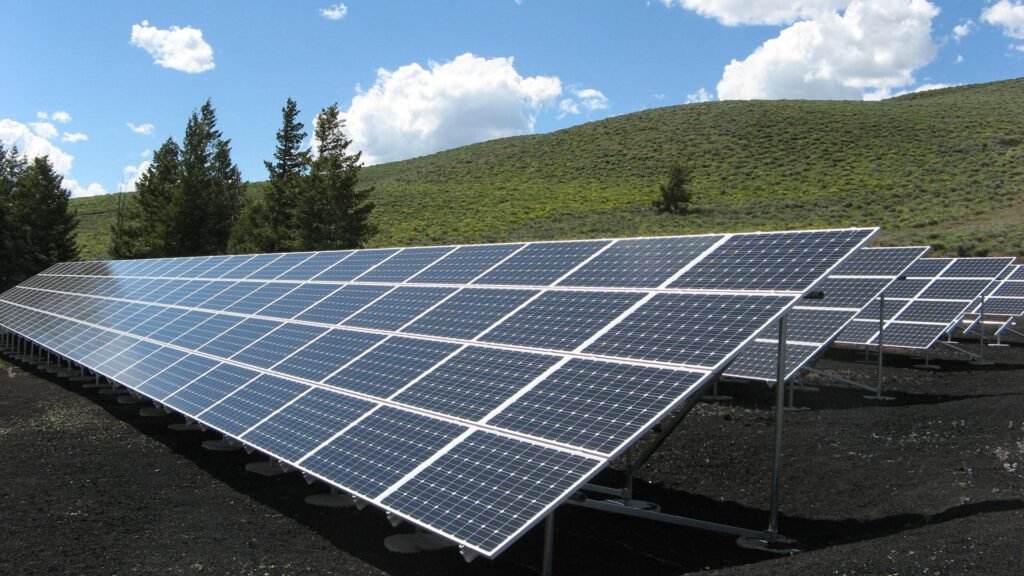
Setting Up Your Off-Grid Solar Power System with Az-Tech: A Comprehensive Guide .
Embarking on the journey of off-grid living demands a robust power system, and at Az-Tech, we believe solar installation is the optimal choice. In this guide, we’ll walk you through the step-by-step process of creating an efficient off-grid solar power system, emphasizing the significance of Az-Tech’s solar base kits, meticulous infrastructure inspection, and optimal panel placement.
Step 1: Assess Your Energy Needs.
Before delving into solar installation, assess your energy requirements with Az-Tech. Compile a list of all electrical appliances, noting their wattage and expected usage hours. Leverage Az-Tech’s expertise and tools for accurate estimations, laying the foundation for a tailored off-grid power solution.
Step 2: Selecting Solar Panels and Battery Systems.
Tailor your off-grid power system with Az-Tech to meet calculated energy needs. Consider factors like solar panel size, storage capacity, charge controller type, and inverter rating. Az-Tech’s comprehensive solar base kit ensures a seamless setup, providing you with the right components for your unique needs.
Step 3: Optimize Solar Panel Placement.
Strategic placement of solar panels is crucial for efficiency. With Az-Tech’s guidance, minimize shading, position panels towards the south, and avoid obstructions. Whether on the roof for stability or on the ground for flexibility, Az-Tech helps you make the right choice for your setup.
Step 4: Set Up Your Solar Battery Compartment.
The heart of your off-grid power system lies in the battery compartment. With Az-Tech’s solutions like the EcoFlow Power Kit, assembly is straightforward, ensuring seamless integration of batteries with the Power Hub.
Step 5: Integrate the Smart Distribution Panel Solar Battery Compartment.
A critical component, the smart distribution panel from Az-Tech facilitates power monitoring and control. Manage energy distribution through the panel or the dedicated app, ensuring efficient use of your off-grid power system.
Step 6: Configure Your Power Console and Connect Solar Panels.
The power console from Az-Tech acts as the command center for your system. Monitor usage, adjust settings, and view energy input. Connect the power hub to the smart distribution panel and power kit console using Az-Tech’s provided cables. This comprehensive guide, crafted with Az-Tech’s expertise, ensures a smooth transition to off-grid living, leveraging solar power for sustainable and reliable energy. Explore the possibilities with Az-Tech’s solar installation, base kits, and meticulous infrastructure inspection, paving the way to a self-sufficient and eco-friendly lifestyle.
Residential Off-Grid Living: Empowering Homes with Sustainable Energy Solutions.
In residential settings, off-grid power systems offer unparalleled energy independence. Notably, communities in regions like Lismore, New South Wales, have embraced this shift. According to local reports, a growing number of residents are adopting solar-based off-grid systems, reducing their reliance on traditional grids and embracing a sustainable lifestyle.
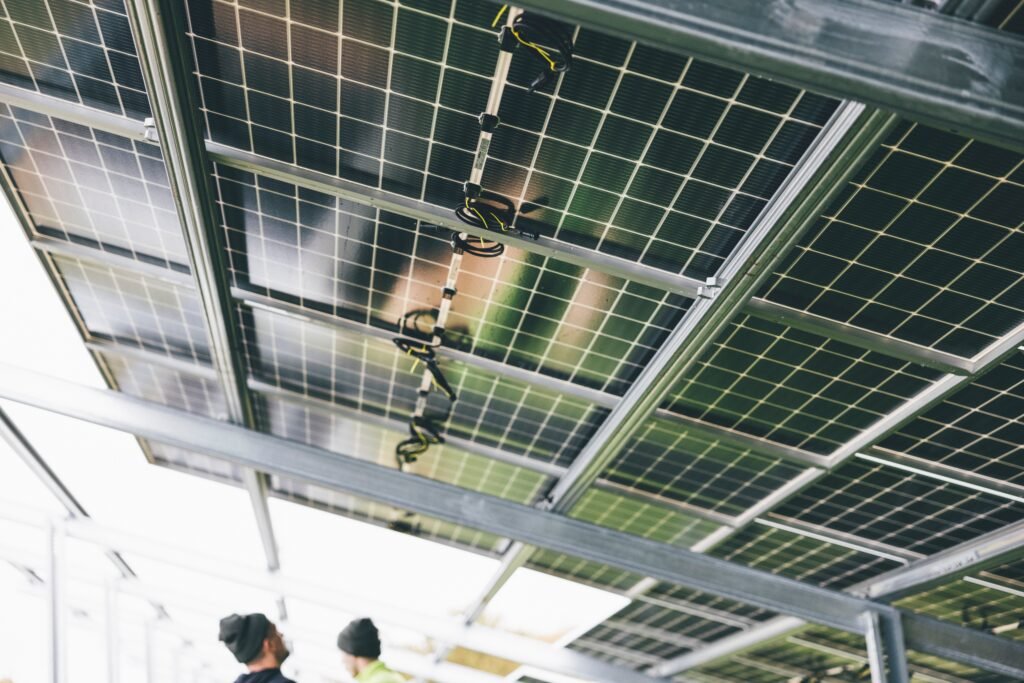
Industrial Backup Power Storage: Ensuring Continuous Operations in Remote Locations.
Industries with remote operations, such as mining and agriculture, benefit significantly from off-grid solutions. Implementing an off-grid power system results in increased operational efficiency, reduced downtime, and provided a reliable power source in challenging environments.

Agricultural Backup Power Storage: Optimizing Farm Efficiency with Off-Grid Systems.
Farms in rural areas face unique challenges, making off-grid power systems a valuable asset. An article from Solar Builder explores how adopting solar-based off-grid solutions has allowed farmers to optimize energy usage, leading to cost savings and reduced environmental impact.

Drawbacks and Costs of Off-Grid Power Systems.
While off-grid systems offer long-term benefits, the initial investment can be a significant consideration. According to Renewable Energy Magazine, the average upfront cost for a residential off-grid system in Australia ranges from $12,000 to $70,000, depending on factors like system size and components.
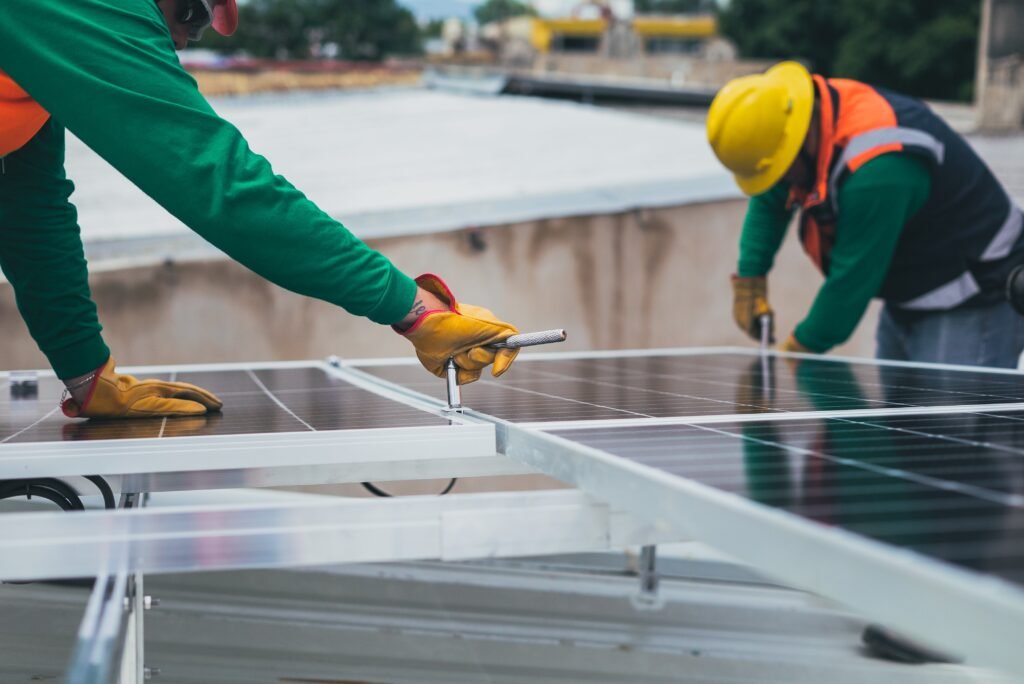
Limited Power Supply: Understanding the Constraints of Off-Grid Living.
Off-grid living involves managing power usage efficiently. A research paper by AECOM provides an overview of the off-grid and fringe-of-grid renewable energy market in Australia. ARENA commissioned the report, which offers a valuable insight into Australia’s renewable energy resources, electricity markets and regulatory environment and outlines current industry perspectives on Australia’s emerging off-grid and fringe-of-grid renewable energy market.
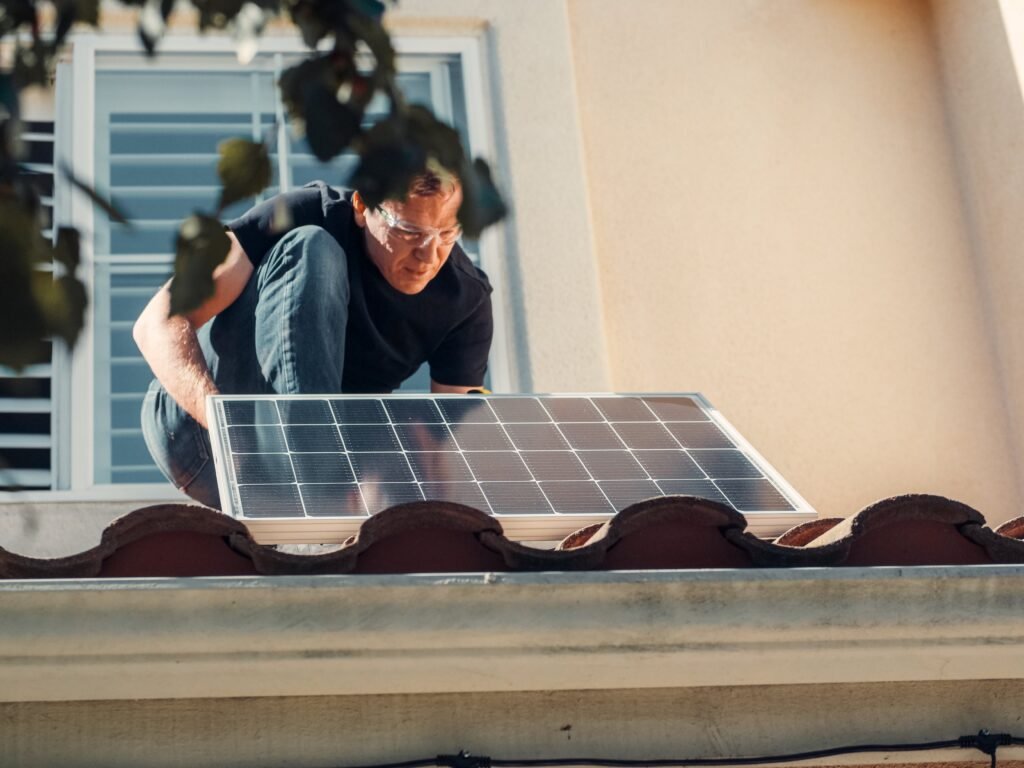
Weather Dependency: Managing Energy Generation during Inclement Conditions.
The weather’s impact on energy generation is a common concern. According to Meteorological Insights, off-grid systems, especially solar-based ones, require strategic planning to account for fluctuations in sunlight. Innovative solutions, like predictive weather analytics, are becoming integral to addressing this challenge.

Embrace Energy Independence: Benefits and Considerations of Off-Grid Power Systems.
As we conclude this comprehensive guide on mastering off-grid living, it’s essential to emphasize the transformative benefits and considerations of off-grid power systems. The journey from Sydney to Lismore, symbolic of the broader transition to sustainable living, underscores the need to embrace energy independence.

In Conclusion.
With a growing adoption of off-grid power systems in Australia, particularly in regions like Lismore, communities are paving the way for a cleaner and more resilient future.
In this guide, we’ve delved into the nuances of off-grid living, exploring the benefits, components, setup processes, and real-world applications of off-grid power systems. By understanding the challenges, costs, and advancements in renewable energy, individuals and communities can make informed decisions on their path to energy independence.
As technology continues to advance and awareness of environmental concerns grows, the journey from Sydney to Lismore becomes a shared endeavour. Together, we can master off-grid living, ushering in an era of sustainable energy solutions and contributing to a cleaner, greener, and more resilient future for all.
Frequently Asked Questions
Off-grid living offers energy independence, reducing reliance on traditional utility grids. Benefits include uninterrupted power supply, environmental sustainability, and a reduced carbon footprint.
Off-grid systems rely on renewable energy sources, such as solar and wind power, leading to a substantial decrease in greenhouse gas emissions and a more sustainable lifestyle.
Key components include solar panels, battery systems, and strategic panel placement. Solar panels capture sunlight, batteries store excess energy, and strategic placement ensures optimal efficiency.
Az-Tech provides a comprehensive guide, expert advice, and tailored solutions, ensuring a smooth transition to off-grid living. From assessing energy needs to optimal panel placement, Az-Tech guides you at every step.
Off-grid systems benefit residential living, industrial backup power storage, and agricultural optimization. Communities, industries, and farms can achieve energy independence with tailored off-grid solutions.
The average upfront cost for a residential off-grid system in Australia ranges from $12,000 to $70,000, depending on factors like system size and components.
Off-grid living involves managing power efficiently. Solutions include strategic planning for weather fluctuations and innovations like predictive weather analytics.
While there is an upfront investment, off-grid living offers long-term financial benefits, including reduced energy costs and potential tax credits.
Continuous advancements, such as predictive weather analytics and efficient solar panels, contribute to the success of off-grid living. Staying updated ensures optimal system performance.
Individuals and communities can start their off-grid living journey with Az-Tech by exploring their comprehensive guide, consulting with their experts, and leveraging their tailored solutions for a seamless transition to energy independence.

Experience the Power of Biogas: Get Your FREE Energy System Estimate Today!
Ready to jump into your energy story? Let’s have a chat, explore your dreams, and kick-start your journey to a cleaner, brighter tomorrow. Get in touch with us today and request your Zero Risk, No Obligation Estimate at no cost!
Related Posts
Is Renewable Energy Actually Renewable? Exploring Sustainability and Off-Grid Living in Lismore, New South Wales, Australia
The only off-grid solar guide you’ll ever need! Is renewable energy truly sustainable? In the heart of Australia, specifically Lismore,
The Future of Energy: Will Renewable Energy Make Fossil Fuels Obsolete?
The current energy Landscape In NSW. In the current energy landscape, where 76.3% of global energy consumption stems from fossil

Harnessing off grid power systems in your daily life: An Essential Guide
As more Australians seek clean, independent energy solutions, off-grid solar power systems are increasing in popularity across the country.
